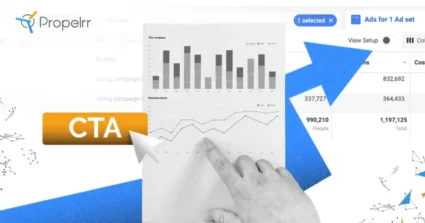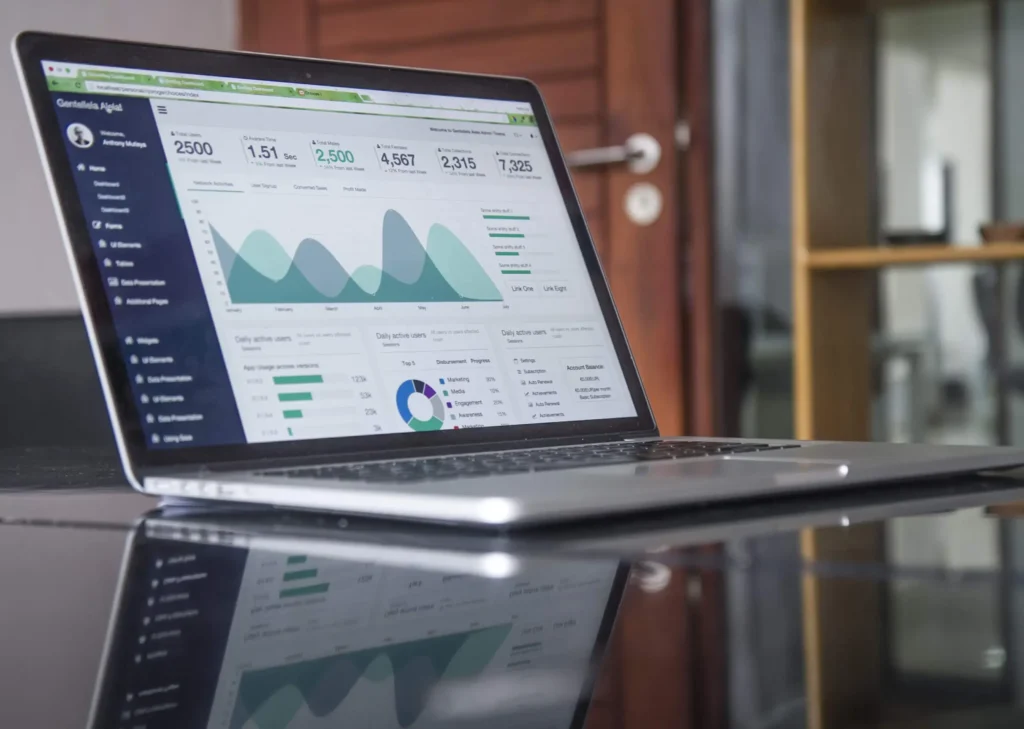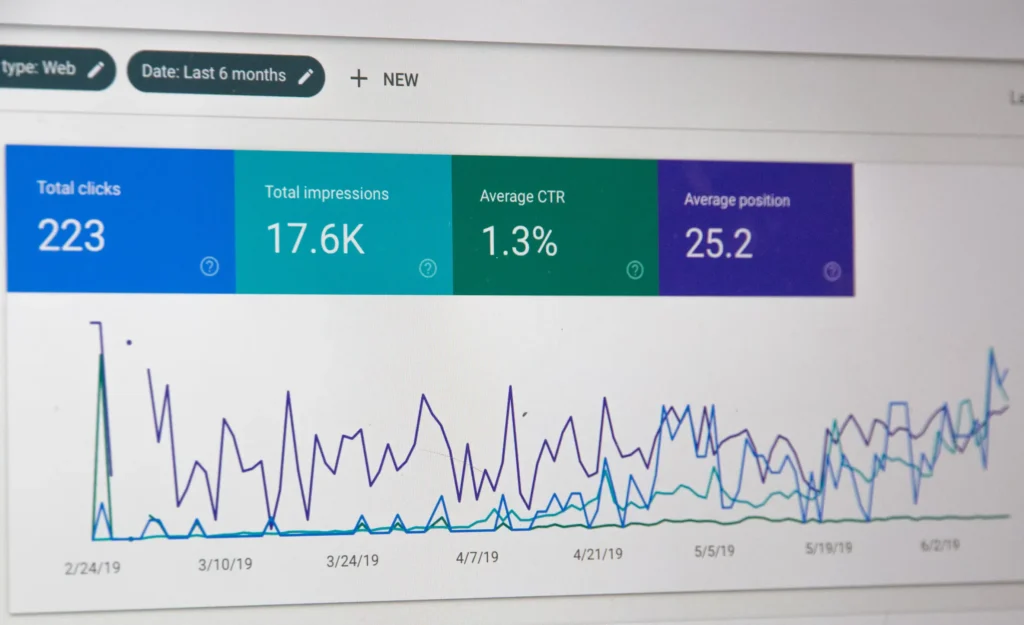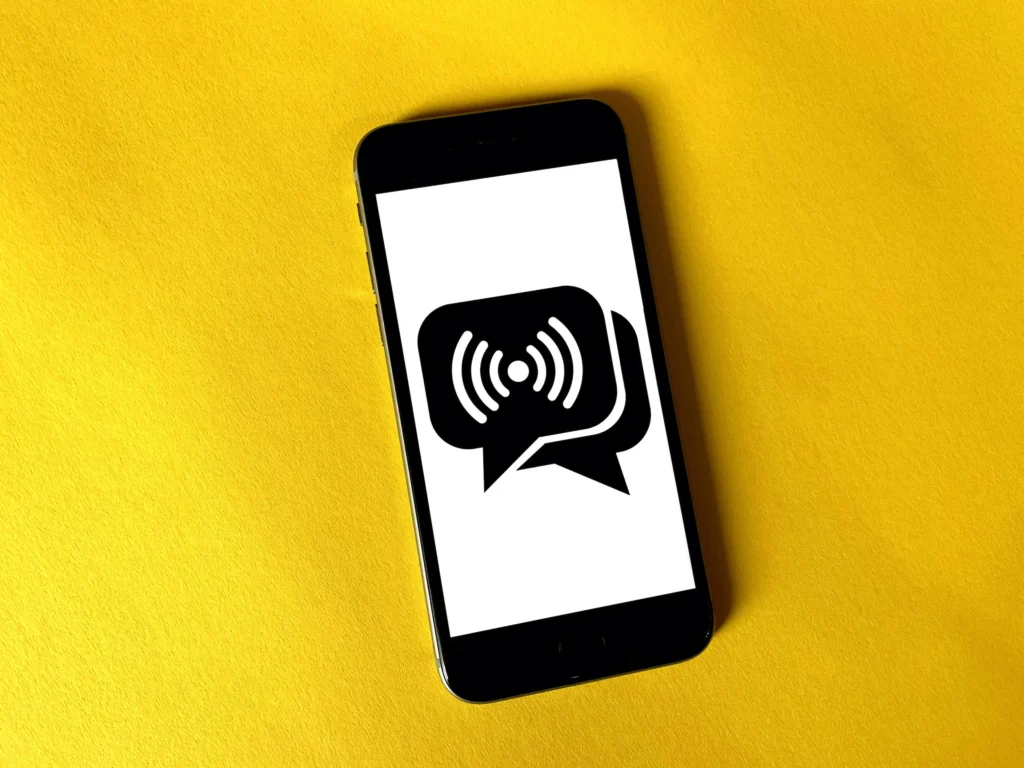Improve Your Conversion Rates Online in 9 Simple Steps
Author & Editor
Founder & CEO
Published on: Dec 7, 2021 Updated on: May 20, 2024

Table of Contents
With this guide, you’ll be boosting your conversion rates in less than ten counts.
Conversion rate optimization easily intimidates many online business owners. But all it really is is employing specific techniques to improve your conversion rates online. And, complicated as it may sound, you can actually pull it off in a few simple steps.
What is a conversion rate?
As a review, a conversion rate is the portion of your website visitors who complete the desired action. Some of these actions include newsletter sign-ups, a service inquiry, completing a form or survey, or buying your products.The process of optimizing conversions, ergo, is conversion rate optimization – a process that comprises of crucial elements and steps implemented strategically to increase conversion rates online.In computing for your website’s conversion rate, here’s a formula you can follow:
If you find that your conversion rate is lower than desired or did not reach the business goal, then it’s time to optimize your digital marketing efforts to help increase your conversion rates and at the same time, improve your leads and sales for your business.(Number of conversions ÷ total visitors) x 100 = conversion rate
How to increase conversion rate
In planning how to improve your conversion rate, it’s important to know and understand why your site visitors are not converting. From there, you can start planning with these strategies to help you out with your goal:
1. Set up a sales funnel

A sales funnel is also known as a potential customer’s overall journey through a brand’s website, from seeing the ad to making a purchase. To break it down, here are the common parts of a sales funnel.
- Awareness. Through the brand’s social media, ads, and even word of mouth, this is where the target audience becomes aware of the brand. Depending on the brand’s marketing scheme, the customer would move down the funnel from awareness to showing interest. Interest. This stage is where potential customers take the step to learn more about the brand. This is where a good landing page comes in. Landing pages should be able to capture the attention of users and be able to communicate who the brand is, your expertise in the industry, as well as the unique factors you offer. Through the landing page, you can also ask for the customer’s email address to further communicate with them. Decision. Probably the most crucial stage of the sales funnel, customers will go deeper into your website and check the other services or products you offer, as well as the prices. From here, you can offer package promos, sale prices, and discounts to help with the decision-making process. Action. After all your marketing and nurturing efforts throughout the sales funnel, it all comes down to whether the customer buys the product or service or not.
Having a sales funnel helps brands and businesses visualize the overall journey of users on their websites. With a funnel, you can come up with a personalized approach to help speed up the sales process and generate more sales. It’s also easier for brands to identify areas of improvement in the customer’s journey.
2. Create strong CTAs for better conversion rates

CTAs or call-to-actions act as your website’s signages to help guide potential customers and visitors on what to do next. There are generic CTAs being used like “Book Now” or “Start Trial”, but these won’t help you get better conversion rates as they are used too often and do not have a strong impact to take action. Create stronger CTAs by using action words that are clear and invite the users to take immediate action like “Test it out” or “Buy it today”. It’s important to take the time to create different CTAs and experiment on which ones would work best with your target market. It’s also important to have the CTAs placed several times on the website so that users will have access to it no matter where they are on the page.
3. Balance branding and functionality

In creating a landing page, the company’s branding and brand voice are strictly followed. But apart from the brand guidelines, it’s important to think of the page’s overall functionality, as well. The main goal of the landing page is to provide enough information for them to convert into sales and purchases.In increasing your conversion rates, it’s important to look at the content, layout, style, and functionality of the landing page. A perfect balance of all these elements will help increase brand awareness and help potential customers know enough about your brand to buy into your product and service. Is the content too long? Should the CTA be on the left or the right side of the page? Is the layout too crowded or too bare? These are the questions that need answers. Don’t be afraid to break the branding guidelines a bit and experiment with the page elements to come up with the most effective landing page.Functionality-wise, it’s important to know if each clickable element redirects to a correct page. Keep track of how many clicks does it take to get to a certain page. It’s also important to check if all elements are in their correct placement on the website – no matter what device is being used to open the website.
4. Track user interactions on your website

Going back to the sales funnel discussed earlier, marketers can use this to track the overall user journey and see where most of the users stop and leave the website. You can track user behaviour by connecting your website to analytical tools such as Google Analytics. With tools like these, you’ll be able to see which pages are the most visited, who are your top visitors, and even track their entire journey on the website. If you’re able to track this information, you’ll know which areas of the website and sales funnel you need to improve on, so that the conversion rates could improve.
5. Address visitor concerns promptly

Some users take a pregnant pause before making the purchase on your website because they have doubts or concerns that can’t be answered on your landing page or website, keeping them from taking that last step. Live chats are one way to bridge this gap. With these tools, users can immediately address their questions and concerns, instantly speeding up the overall sales process and conversion rate. This website feature also shows your users that you’re readily available to help at any given time.
6. Conduct A/B testing

There’s no perfect formula for increasing your site’s conversion rate. This is why it’s important to keep experimenting with the different factors and elements of the landing page – this is called A/B testing. A/B testing is a method wherein the brand creates two pages, each with different elements and approaches to see which one gains more traffic and conversions. It’s important to run more than one A/B test on your website so you, as a marketer, would have a better idea of which one works and does not work for your brand.
7. Optimize for mobile experiences

In 2020 , 68.1% of all website visits are done through mobile devices, which is a relatively large number. With this information, it’s important for your website to be easily accessible on any smartphone or mobile device. If your website is not optimized for mobile, it may greatly affect your customers’ overall journey and the conversion rate, too.
One of the common frictions when making a purchase is the buying process itself. One of these includes the long forms the buyer has to fill out before purchasing. It would be better to have lesser fields to fill out and only ask for information that’s absolutely necessary. A wide variety of payment options should also be made available, too. This includes credit or debit cards, and online payment options like PayPal, Apple Pay, and more. Overall, the payment process should be easy and friendly to help improve the conversion rate of your website.
9. Check website speed

For conversion rates to improve, especially on mobile devices, your website’s overall loading speed affects the user’s overall experience. Studies show that users abandon a page with six to 10 seconds of loading time. Improve your website’s load speed by compressing your images uploaded on your website, shrinking your HTML, CSS, and JavaScript codes, and removing unwanted elements. You can also check your site’s speed through Google’s Speed Test tool to help determine the factors that slow down your website.
Key takeaways
Conversion rates give a reflection on how successful your marketing campaigns are for your brand or business. In improving your numbers, it’s important to take note of these factors.
- It’s all about customer experience. Whenever you strategize plans on improving your conversion rates, it’s important to take a look at your customer’s experience from your ad, to your landing page, and purchasing process. Your customers are the ones going through the sales funnel of your site, and therefore it’s their experience you need to improve to convert their website visits into actual sales or purchases.
- Track your conversions and changes. As soon as you apply your new conversion strategies, make sure to keep track of the conversion rates created, and compare them to your previous campaigns. This way, you’ll be able to check if your plans are more effective than the previous plans your team has.
- Keep on testing. As mentioned before, there’s no perfect strategy to improve your conversion rates. This is why it’s important to keep on testing different strategies and campaigns to find out which works best in helping improve your conversion rates in the long run.
Do you have more tips and tricks to improve your conversion rates? Come chat with us through our Facebook , X , or LinkedIn accounts.
Don’t forget to subscribe to the Propelrr newsletter to get weekly round-ups of the latest tips and tricks on mastering the digital marketing landscape.
